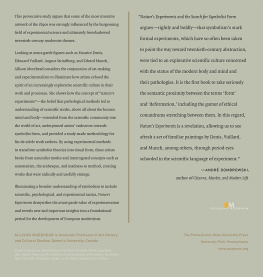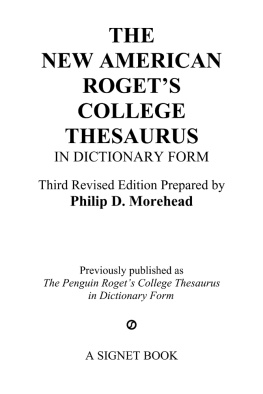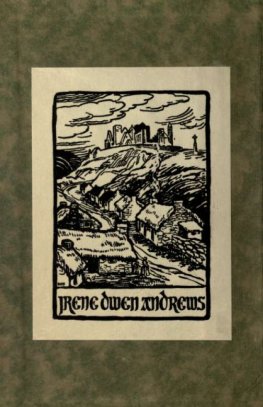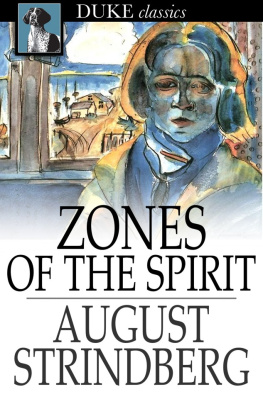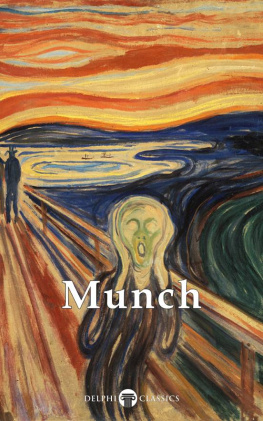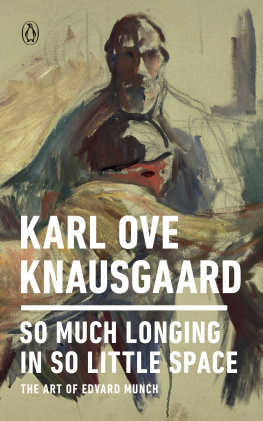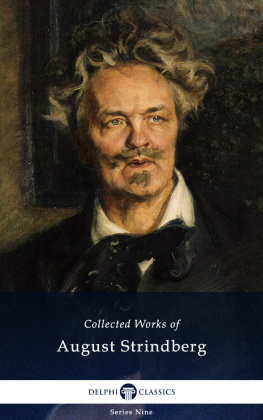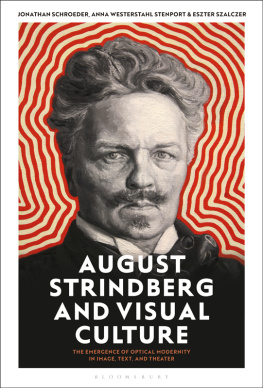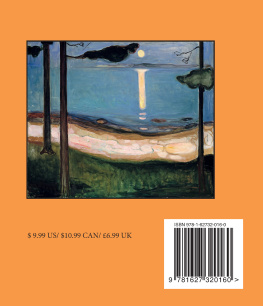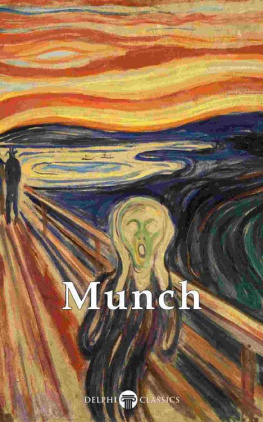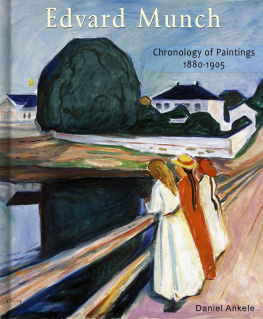NATURES EXPERIMENTS AND THE SEARCH FOR SYMBOLIST FORM
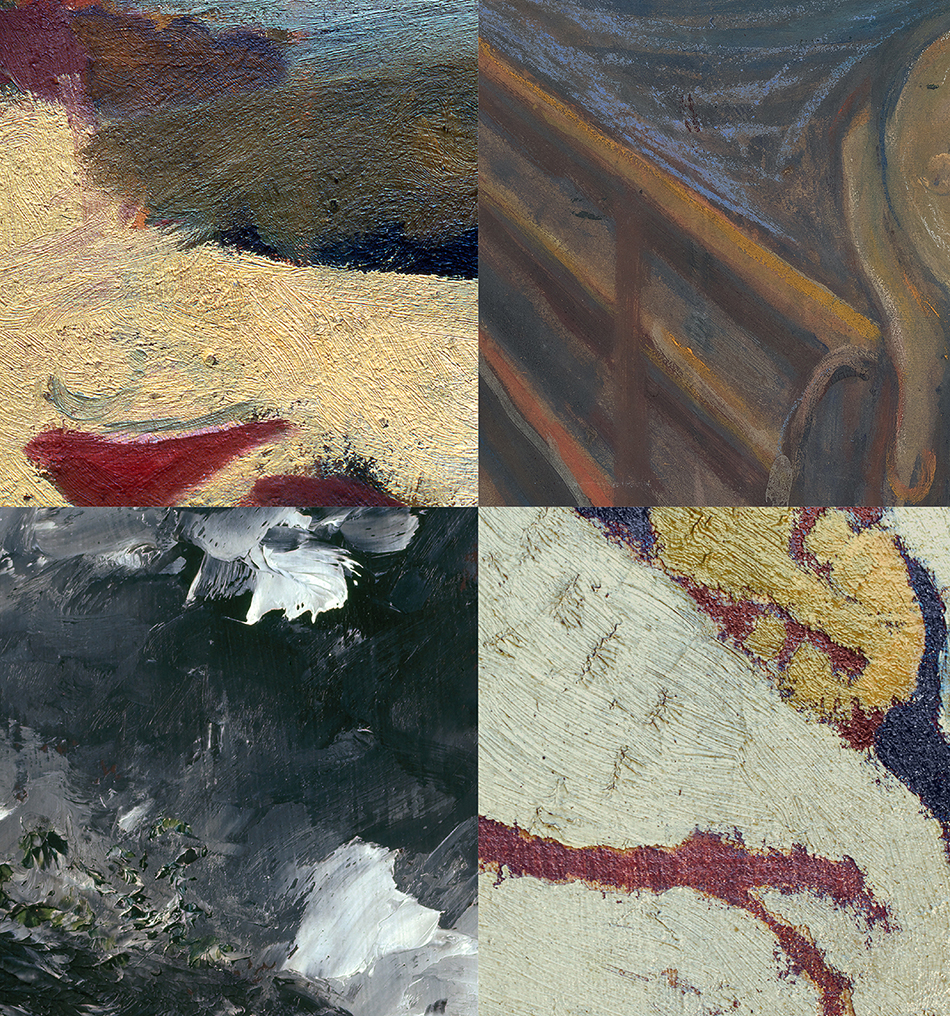
NATURES EXPERIMENTS
AND THE SEARCH
FOR SYMBOLIST FORM
Allison Morehead
The Pennsylvania
State University
Press | University Park,
Pennsylvania |

Illustrations in this book were funded in part or in whole by a grant from the Meiss/Mellon Authors Book Award of the College Art Association.
An earlier version of chapter 2 appeared as Defending Deformation: Maurice Deniss Positivist Modernism, in Art History 38, no. 5 (2015): 890915, and I am grateful to the Association of Art Historians for granting me permission to reproduce this material here.
Chapter 5 includes revised excerpts from Are There Bacteria in the Rooms of Monte Carlo? The Roulette Paintings, 189193, in Munch Becoming Munch: Artistic Strategies, 18801892, exh. cat., edited by Ingebjrg Ydstie and Mai Britt Guleng (Oslo: Munch Museum, 2008), 12036; The Muse de la folie: Collecting and Exhibiting chez les fous,Journal of the History of Collections 23, no. 1 (2011): 10126; and, with Elizabeth Otto, Representation in the Age of Mediumistic Reproduction, from Symbolism to the Bauhaus, in The Symbolist Roots of Modernist Art, edited by Michelle Facos and Thor J. Mednick (Burlington, Vt.: Ashgate, 2015), 15568.
Library of Congress Cataloging-in-Publication Data
Names: Morehead, Allison, author.
Title: Natures experiments and the search for symbolist form / Allison Morehead.
Other titles: Refiguring modernism.
Description: University Park, Pennsylvania : The Pennsylvania State University Press, [2017] | Series: Refiguring modernism | Includes bibliographical references and index.
Summary: Examines the influence of experimental science, concerned with the workings of the body, the mind, and their various pathologies, on the works of late nineteenth-century artists Maurice Denis, douard Vuillard, August Strindberg, and Edvard MunchProvided by publisher.
Identifiers: LCCN 2016025159 | ISBN 9780271076744 (cloth : alk. paper)
Subjects: LCSH: Symbolism (Art movement) | Art and scienceHistory19th century. | Denis, Maurice, 18701943Criticism and interpretation. | Vuillard, douard, 18681940Criticism and interpretation. | Strindberg, August, 18491912Criticism and interpretation. | Munch, Edvard, 18631944Criticism and interpretation.
Classification: LCC N6465.S9 M67 2017 | DDC 704.9/46dc23
LC record available at https://lccn.loc.gov/2016025159
Copyright 2017 The Pennsylvania State University
All rights reserved
Printed in China
Published by The Pennsylvania State University Press,
University Park, PA 168021003
The Pennsylvania State University Press is a member of the Association of American University Presses.
It is the policy of The Pennsylvania State University Press to use acid-free paper. Publications on uncoated stock satisfy the minimum requirements of American National Standard for Information SciencesPermanence of Paper for Printed Library Material, ansi z39.481992.
Additional credits: Pages ).
For Derek, my friend
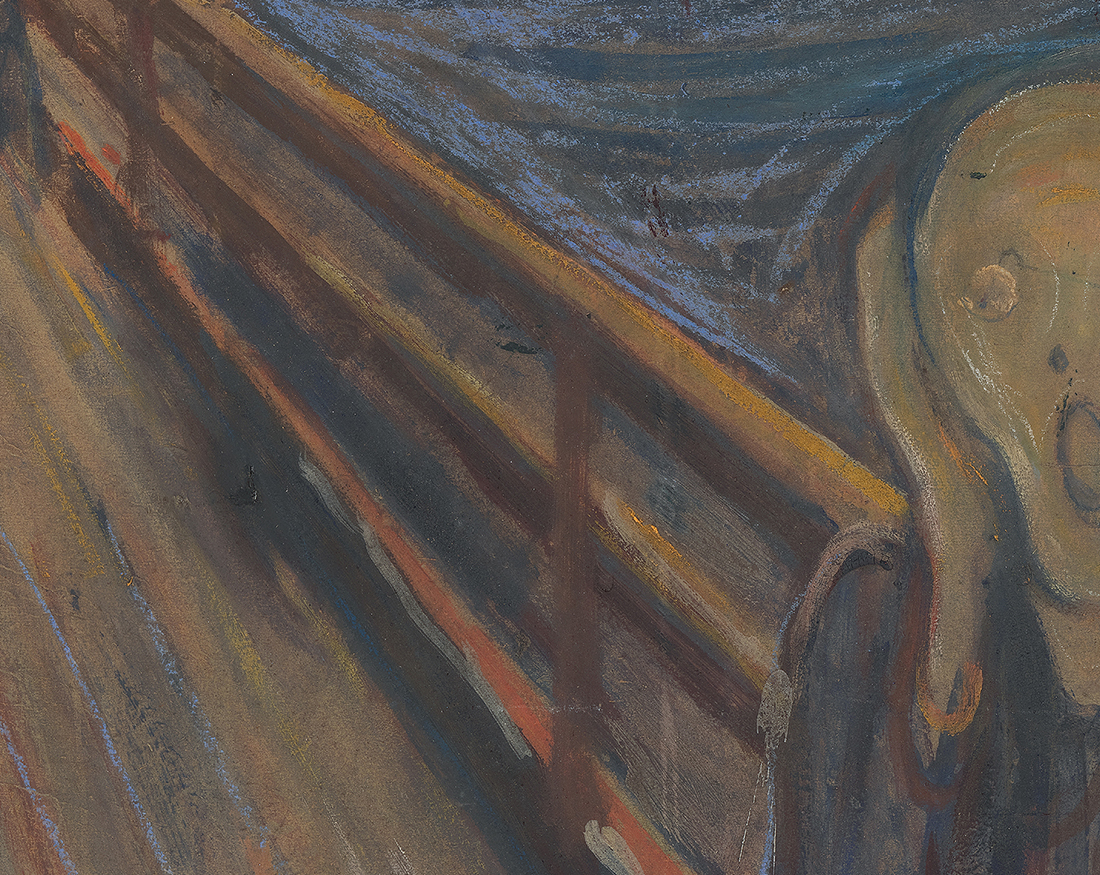
Contents
Writing these acknowledgments overwhelms me with gratitude. In the course of researching and writing this book, I have been the recipient of incredible generosity, kindness, humor, and love. My thanks go first to Martha Ward, Reinhold Heller, and Jan Goldstein, who have supported the project from its inception. If anyone deems me to have come close to the example they set as scholars, teachers, and mentors, I will have achieved more than I ever imagined. My cohort at the University of Chicago, Erin Hazard, Matthew Hunter, Katie Kirtland, and Sarah Miller in particular, offered all kinds of support during the tunnel years and beyond. Sabine Wieber has been an ideal reader, a keen strategist, and a beloved friend. This book and its writer owe more to her than can be condensed into a sentence. I feel similarly about Elizabeth Otto, my vault friend and favorite person to laugh with until the cheeks hurt.
I received institutional support at various stages of the project. I would like to acknowledge here the generosity of the Social Sciences and Humanities Research Council of Canada, the Samuel H. Kress Foundation, the Social Science Research Councils International Dissertation Research Fellowship program, the International Federation of University Women, the Mrs. Giles Whiting Foundation, the University of Chicago Department of Art History and Division of the Humanities, the France Chicago Center, and the American Friends of the Chagall Biblical Message Museum. The project involved research in a number of institutions and private collections in France and Scandinavia, which was made all the more fruitful and enjoyable by the people I met along the way. For assistance beyond their job descriptions, I wish to thank Marie El-Cadi, now retired from the Muse dpartemental Maurice Denis, Saint-Germain-en-Laye; Claire Denis and Fabienne Stahl of the Catalogue raisonn Maurice Denis; Mireille Pastoureau and Fabienne Queyroux of the Bibliothque de lInstitut de France, Paris; Anna Bodin and Arvid Jakobssen, Kungliga Biblioteket, Stockholm; Magne Bruteig, Mai Britt Guleng, Lasse Jacobsen, Ute Kuhlemann-Falck, Gerd Woll, and Ingebjrg Ydstie of the Munch Museum and the National Museum of Art, Architecture, and Design, Oslo; and my research assistants Anna-Maria Moubayed, Emma Richan, Mathieu Sly, Claire Wenngren, and Jennifer Young.
Support comes in all forms, from attentive reading, to the rapid answer to a question, to a timely remark, to ongoing prodding, to unswerving belief, to kindly conveyed disbelief. Some people might be surprised to find their names in this list, but I would be remiss in not thanking Scott Allan, Nell Andrew, Vincent Barras, Patricia G. Berman, Gemma Blackshaw, Jean-Paul Bouillon, Richard Brettell, the late Filiz Burhan, Isabelle Cahn, Jacqueline Carroy, Alison Chang, Rochelle Ching, Mathias Chivot, Jay A. Clarke, Hollis Clayson, Rachael Z. DeLue, Michelle Facos, Francis Frascina, Julia Frey, Gloria Groom, Mary Hunter, Serena Keshavjee, Elizabeth Legge, Patricia Leighten, Alison Matthews-David, Thor Mednick, Sylvie Patry, Rodolphe Rapetti, the late and much missed Claude Ritschard, Richard Shiff, Alison Syme, Belinda and Richard Thomson, and Leslie Topp.
The book was written while at Kings College, Cambridge, and at Queens University, Kingston, Canada. Colleagues and students at those institutions helped more than I suspect they know. I am especially grateful to Jan Allen, Veronica Carter, Una DElia, Janice Helland, Cathleen Hoeniger, Deborah Howard, Lynda Jessup, Alyce Mahon, Jean-Michel Massing, Clive Robertson, Katherine Romba, Joan Schwartz, and Allison Sherman. In this age of contingent labor practices, I have been fortunate to be a member of a strong union. The policies of the Queens University Faculty Association, in particular surrounding parental leave, enabled me to complete this project to the standards that I set for myself, standards that took time to live up to. Eleanor H. Goodman, executive editor at the Pennsylvania State University Press, expertly guided the book through its final stages. It has been a pleasure and a privilege to work with her and her colleagues, including Hannah Hebert and Suzanne Wolk.

